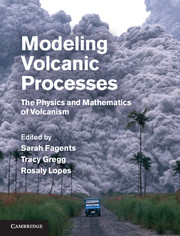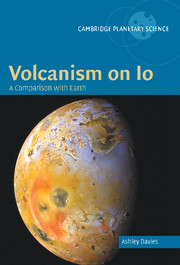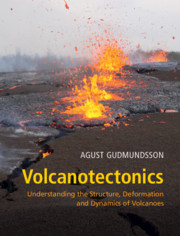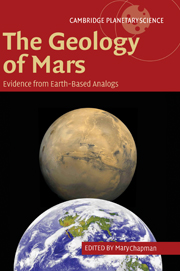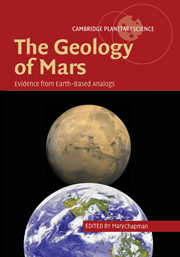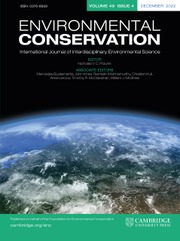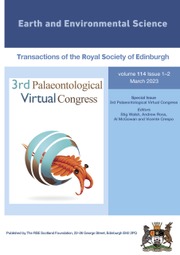Modeling Volcanic Processes
Understanding the physical behavior of volcanoes is key to mitigating the hazards active volcanoes pose to the ever-increasing populations living nearby. The processes involved in volcanic eruptions are driven by a series of interlinked physical phenomena, and to fully understand these, volcanologists must employ various physics subdisciplines. This book provides the first advanced-level, one-stop resource examining the physics of volcanic behavior and reviewing the state-of-the-art in modeling volcanic processes. Each chapter begins by explaining simple modeling formulations and progresses to present cutting-edge research illustrated by case studies. Individual chapters cover subsurface magmatic processes through to eruption in various environments and conclude with the application of modeling to understanding the other volcanic planets of our Solar System. Providing an accessible and practical text for graduate students of physical volcanology, this book is also an important resource for researchers and professionals in the fields of volcanology, geophysics, geochemistry, petrology and natural hazards.
- Field examples and case studies are provided to illustrate real world applications of the theory
- Exercises at the end of each chapter engage students by putting their new learning into practice
- Presents an interdisciplinary approach to modeling volcanoes, providing a state-of-the-art overview of research, techniques and applications
Reviews & endorsements
'Modeling Volcanic Processes is a collection of 17 chapters, each written by different experts, which together cover a broad range of physical processes from magma chamber dynamics to tephra sedimentation to volcano acoustics. The perspective is physical with a focus on modeling. Each chapter not only provides a clear and accessible introduction to the topic before moving on to more quantitative aspects, but also brings the reader up to date and considers future directions in the field. All the material is well referenced, which allows the reader to follow up on particular facts and topics; there are also exercises to try, with solutions provided along with other supporting material on a website supported by Cambridge University Press.' Alison Rust, American Mineralogist
Product details
March 2013Adobe eBook Reader
9781139603058
0 pages
0kg
167 b/w illus. 25 colour illus. 22 tables 35 exercises
This ISBN is for an eBook version which is distributed on our behalf by a third party.
Table of Contents
- List of contributors
- 1. Introduction Sarah Fagents, Tracy Gregg and Rosaly Lopes
- 2. Magma chamber dynamics and thermodynamics Josef Dufek, Chris Huber and Leif Karlstrom
- 3. The dynamics of dike propagation Steve Tait and Benoit Taisne
- 4. Dynamics of magma ascent in the volcanic conduit Helge Gonnermann and Michael Manga
- 5. Lava flows Andrew Harris
- 6. Unsteady explosive activity: Strombolian eruptions Mike James, Steve Lane and Bruce Houghton
- 7. Unsteady explosive activity: Vulcanian eruptions Amanda Clarke
- 8. Sustained explosive activity: volcanic eruption columns and Hawaiian fountains Andrew Woods
- 9. Modeling tephra sedimentation from volcanic plumes Costanza Bonadonna and Antonio Costa
- 10. Pyroclastic density currents Olivier Roche, Jeremy Phillips and Karim Kelfoun
- 11. Magma-water interactions Ken Wohletz, Bernd Zimanowski and Ralf Büttner
- 12. Deep sea eruptions Tracy Gregg
- 13. Magma-ice interactions Lionel Wilson, John Smellie and James Head
- 14. Modeling lahar behavior and hazards Vernon Manville, Jon Major and Sarah Fagents
- 15. Introduction to quantitative volcano seismology: fluid driven sources Bernard Chouet
- 16. Volcano acoustics Milton Garcés, David Fee and Robin Matoza
- 17. Planetary volcanism Rosaly Lopes, Sarah Fagents, Karl Mitchell, and Tracy Gregg
- Index.

